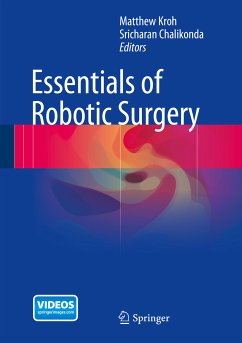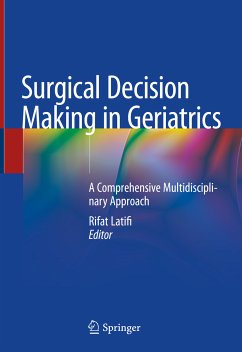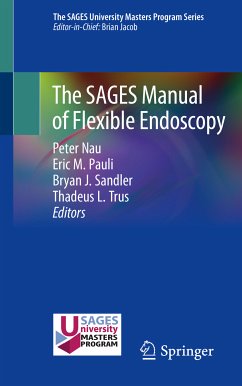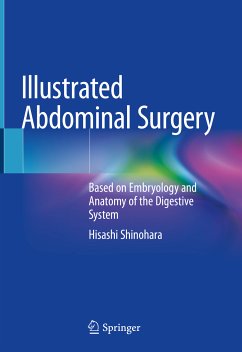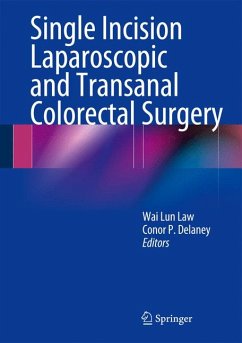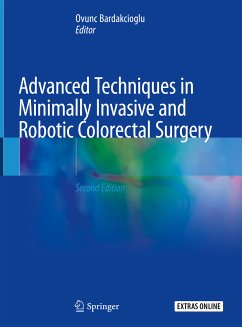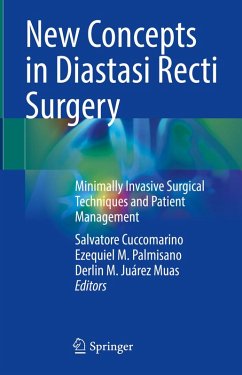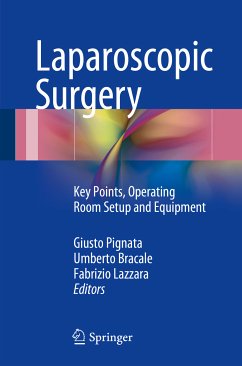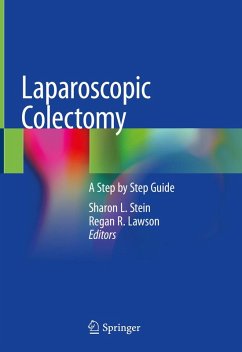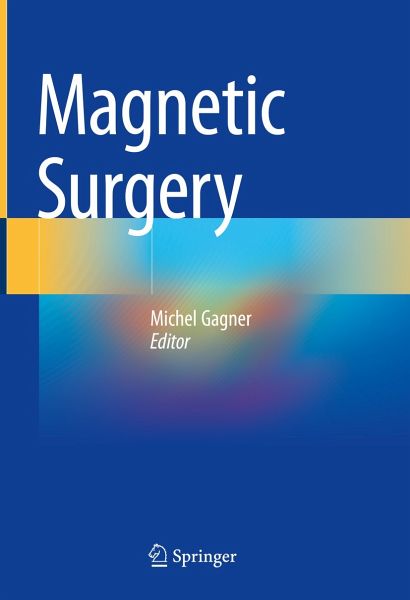
Magnetic Surgery (eBook, PDF)
Versandkostenfrei!
Sofort per Download lieferbar
80,95 €
inkl. MwSt.
Weitere Ausgaben:

PAYBACK Punkte
40 °P sammeln!
The book encompasses the different concepts and designs using magnets for surgical purposes. It provides a concise yet comprehensive summary of the current status of the field that will help guide patient management and stimulate investigative efforts. The text reviews new data about interventions in all medical and surgical fields. Written by experts in their fields, topics focus on endoluminal and laparoscopic operations, techniques from vascular and GI anastomosis. The book demonstrates the use of magnets to treat a variety of diseases such as reflux, back pain, and fecal incontinence. The ...
The book encompasses the different concepts and designs using magnets for surgical purposes. It provides a concise yet comprehensive summary of the current status of the field that will help guide patient management and stimulate investigative efforts. The text reviews new data about interventions in all medical and surgical fields. Written by experts in their fields, topics focus on endoluminal and laparoscopic operations, techniques from vascular and GI anastomosis. The book demonstrates the use of magnets to treat a variety of diseases such as reflux, back pain, and fecal incontinence. The reader will learn how to retract and gain exposure, dissect tissue planes, achieve hemostasis, and create anastomosis in a totally different way. Physical properties of external surface and internal magnets are discussed. The authors emphasize the importance of partnering with industry leaders to develop novel surgical tools.
By harnessing the power of attraction, the energy and might of magnets, Magnetic Surgery serves as a valuable resource for clinicians, surgeons and researchers in biomedical engineering interested in this form of energy and physical metal properties. In utilizing these properties, the book seeks to improve surgical outcomes of patients worldwide.
Dieser Download kann aus rechtlichen Gründen nur mit Rechnungsadresse in A, B, BG, CY, CZ, D, DK, EW, E, FIN, F, GR, HR, H, IRL, I, LT, L, LR, M, NL, PL, P, R, S, SLO, SK ausgeliefert werden.
Alle Preise in Euro und inkl. der gesetzl. MwSt. | Innerhalb Deutschlands liefern wir preisgebundene Bücher versandkostenfrei. Weitere Informationen: bitte hier klicken
Support
Bitte wähle dein Anliegen aus:
Rechnungen
Bestellstatus
Retourenschein
Storno



